Summary
- Sony acquired 10% Kadokawa shares, impacting anime industry stakeholders.
- Studio Orange’s TOHO deal is likely a response to Sony’s market influence.
- Anime industry’s future uncertainty due to international political tensions.
Quick Links
Recently, we’ve been getting big news regarding the anime industry. The most important of them is undoubtedly Sony acquiring 10% of Kadokawa shares, becoming the major stakeholder. This not only means Sony will get part of the profits Kadokawa can make, but also that it will be able to vote for decisions. And the more shares you have, the stronger your voice is among stakeholders.
Just a few days after the acquisition was officially disclosed, Studio Orange announced that TOHO plans to acquire 19.7% of its shares in January. While the timing makes it look like a direct response to the Sony-Kadokawa deal (which might indeed have impacted on ongoing negotiations), TOHO has been acquiring stocks from many studios, according to ANN. In 2024, the distribution conglomerate acquired 6.09% of CoMix Wave Films (the home of Makoto Shinkai’s movies) and 100% of GKIDS, who has distributed many Shinkai’s films (and also Ghibli’s titles) in the US, and also acquired Science SARU, home of many Masaaki Yuasa’s titles.
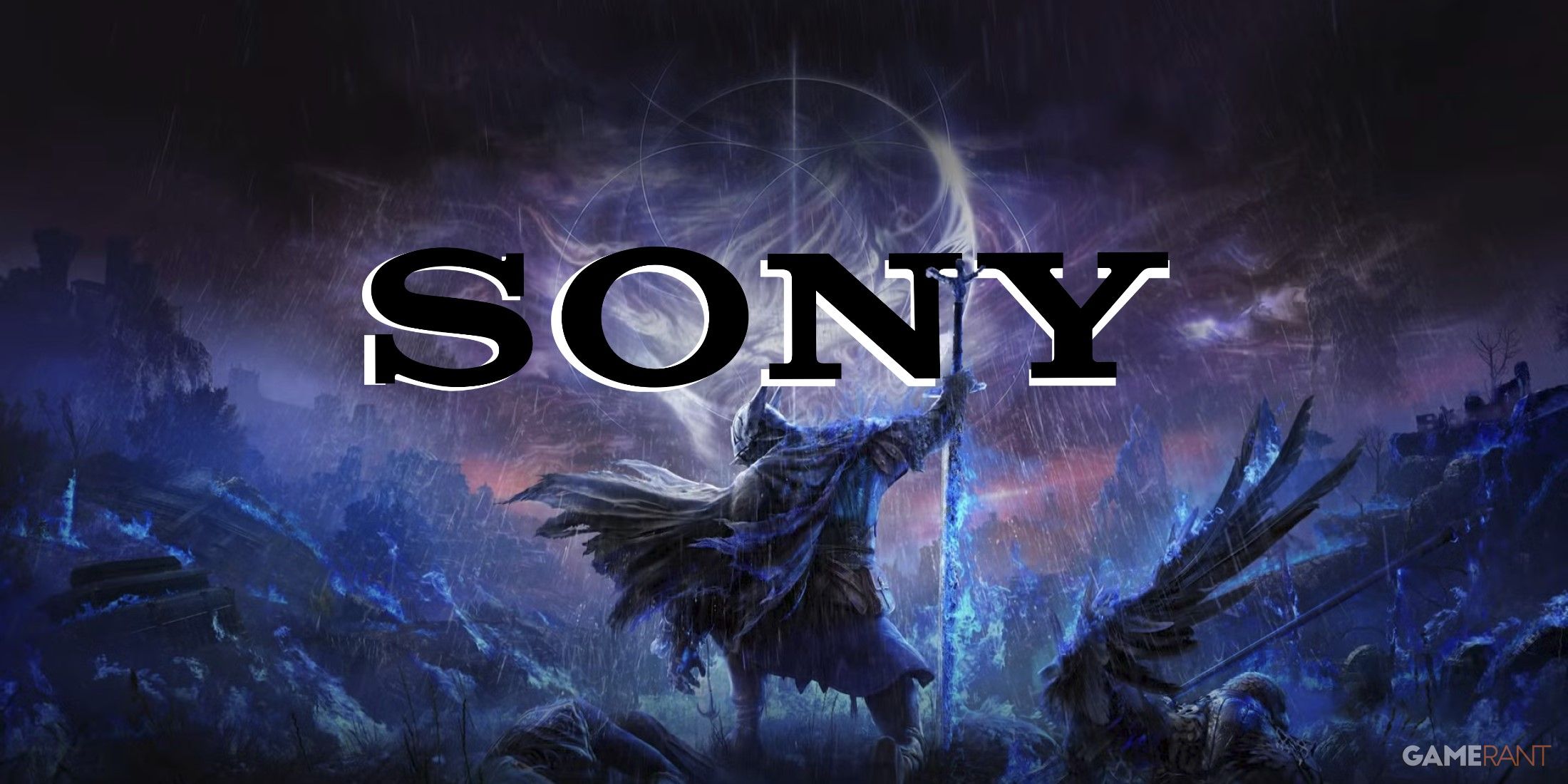
Related
Sony Makes Major Deal With FromSoftware Parent Company
After a month of rumors and speculation, Sony announces a notable deal with FromSoftware parent company Kadokawa Corporation.
If TOHO deals are a response to Sony, the company is likely not responding to this specific deal with Kadokawa, but has been moving since Sony acquired Crunchyroll and became one of the biggest players in the industry. As stated before, when a company seemingly gets an advantage in a profitable market, other companies will likely make their moves too. TOHO might be trying to ensure that Sony won’t be the only big player in the anime market. The problem is that this kind of race often leads to (even more) oligopolization, which is not good for any industry in general.
The Largest Anime Complex
Sony acquiring Kadokawa has been widely reported by the game news media, but its impact on the anime industry might be even bigger than in the gaming industry. Sony is the owner of the largest anime-focused streaming service worldwide, Crunchyroll, but hasn’t been the owner of many IPs (except for original shows produced by Aniplex and other subsidiaries).
Most hits in the anime industry are adaptations of manga and/or novels which previously had a loyal, engaged base. This means the series are already successful in their own niches, and the anime adaptation just makes it reach an even wider audience. While Sony has still not made any similar deals with Shueisha (the publisher that owns Shonen Jump and Young Jump, the main sources of big manga hits), it is now securing some control over Kadokawa properties. Kadokawa owns titles like Sword Art Online and Mushoku Tensei (its biggest hits are generally light novels nowadays).
It’s important to note, however, that despite not making any deals, like this one with Shueisha, Sony has been working with the publisher to adapt titles like Kaguya-sama, Promised Neverland, Elusive Samurai, Spy x Family, Shadows House, Mashle and many others (all animated by Aniplex’s subsidiaries A-1 Pictures or CloverWorks), so these companies do not seem to have a “bad relationship” at all.
Is the Anime Industry Living Up to Expectations?
The anime industry had a boom during the COVID-19 pandemic, as has also happened with other sectors of the entertainment business. People stayed home and started watching things they might not have tried in other circumstances. According to recent research, 44% of Gen Z Americans watch anime nowadays, and, according to the Association of Japanese Animations, overseas revenue was slightly bigger than domestic revenue in the anime industry in 2023. But, to Hiromichi Matsuda, author of AJA’s industry report, the industry is growing slower than the ambitions of Japanese players.
American consumers aren’t the only international market expanding, though. According to Horizon, while the US represented 7.1% of the global anime market in 2023, China represented 6.1%. In both countries, the anime market is projected to grow even more in the next few years. Some Japanese anime veterans have actually stated that China will “take over” the anime market — Chinese companies have been more involved with anime IP, especially in the gaming industry. However, there is not enough data to say China is taking over when it comes to anime production.
Other industry veterans also seem to think that anime is in the middle of some sort of bubble. In 2023,Yoshiyuki Tomino, creator of Gundam, stated that the anime boom should see a decline within five to six years. This is not specific to anime, but to creative industries in general, in his opinion. Justin Sevakis, CEO of Media OCD and AnimEigo, seems to have a similar impression:
It is also unsettling that Crunchyroll, the biggest anime streaming service worldwide, might be in the middle of a mismanagement crisis, which could be a sign that this industry is not at the pace it seems to be.
International Politics Matters Too
As it happens with any other industry, it’s not only about how things are, but also about what things can become. As we’ve seen, American market is not the only one driving the anime industry to a peak. Two key countries in geopolitics today, the US and China, are currently key to the anime industry too. But these countries have been in an intensifying competition with each other, and some researchers call it a “second Cold War”.
What does this have to do with anime? Well, it really depends on how this competition will develop. If anime companies needed to choose one side amidst growing tensions and sanctions, which one would they pick? This is not a simple question, different Japanese players would likely choose different answers (depending on how bad it is, maybe they wouldn’t even be the ones choosing). But whichever answer they pick, its consequences would depend on unpredictable outcomes.
A few years ago, when anime started trending in China, there were many articles claiming how state censorship could harm the industry. While the CCP still maintains guidelines on which kind of content is accepted, and series might go through some edits before airing (as they did in the US back in the 1990s), these kinds of vocal articles on Chinese censorship seem rarer now (though it’s not hard to find scholars studying it), and government censorship is not the only kind of censorship that takes place in China. What likely happened here is a simple case of when a market gets too big to be ignored, the industry just doesn’t ignore it. Not only that but, to some extent, having to adapt to CCP’s guidelines is not that different from having to adapt to Amazon’s policies in order to guarantee a manga won’t be banned from the stores.
Currently, the biggest issue for Japanese anime in China today does not seem to be censorship (although that can still be an issue), but intellectual property protection. Japan, as well as other countries, has been pressing China to improve its IP safeguards. It has been largely publicized that in 2024 Pokemon won a legal battle against a supposed Chinese clone — one of the reasons this became such huge news is that it is not common for foreign companies to win copyright battles in China, even when their claims seem to be right. This is an issue the Chinese government has been trying to address; but, also, developed countries have generally been pressing developing countries to enforce stricter copyright laws since the 1990s, so it isn’t specific to China (the tensions at the Doha Development Round in 2001 might be a good example of this).
However, the impact on international politics is not only related to the hypothetical scenario of having to “pick a side”. The ongoing Russia-Ukraine war has affected the global supply chains and economies, which has also affected the gaming and the anime industries. Depending on how American-Chinese tensions evolve, it could impact the anime industry in ways we cannot even imagine now. For example, a good deal of anime today is made in collaboration with outsourced Chinese animators or studios.
It’s Hard to Conclude Anything
It is hard to predict the future and say that what is happening now is a bubble. However, it does seem possible that there is a bubble that might burst soon. Maybe it is collateral to another bigger bubble, as many have claimed the entertainment industry has been, in general, “too hyped”.
What seems clear to many insiders is that the anime industry will probably not be able to match the growing expectations of the big players. No industry keeps growing forever, but that’s different from being a bubble. The problem is, once the bubble bursts or the industry starts showing clear signs of decline, the future of all these anime complexes that are being built by Sony and Toho will not look good.
While it is hard to say the anime industry is in the middle of a bubble, it does seem insiders think the bar is too high now and the industry will likely not meet the probably unrealistic expectations.
Sources: Sony, Studio Orange, ANN
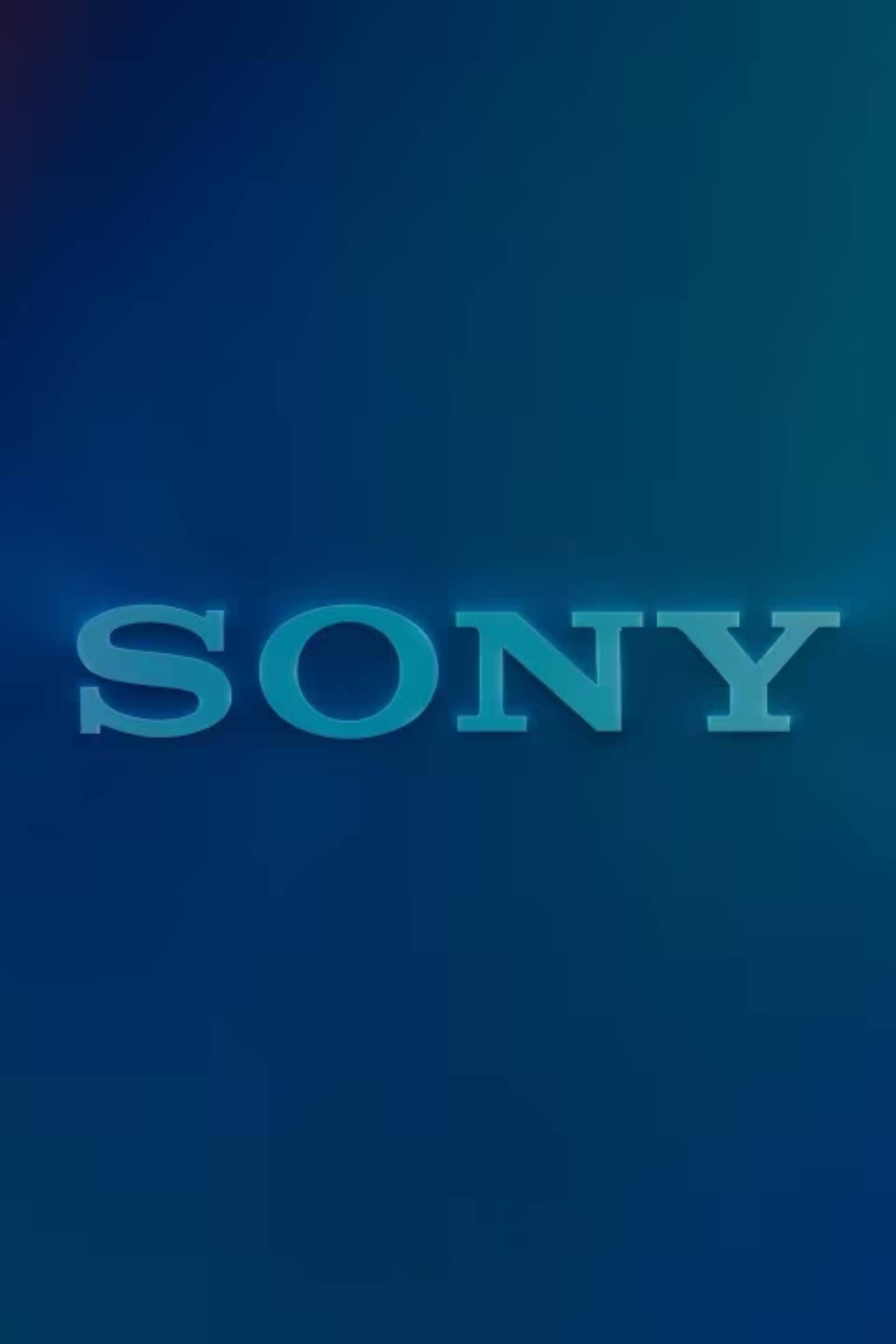
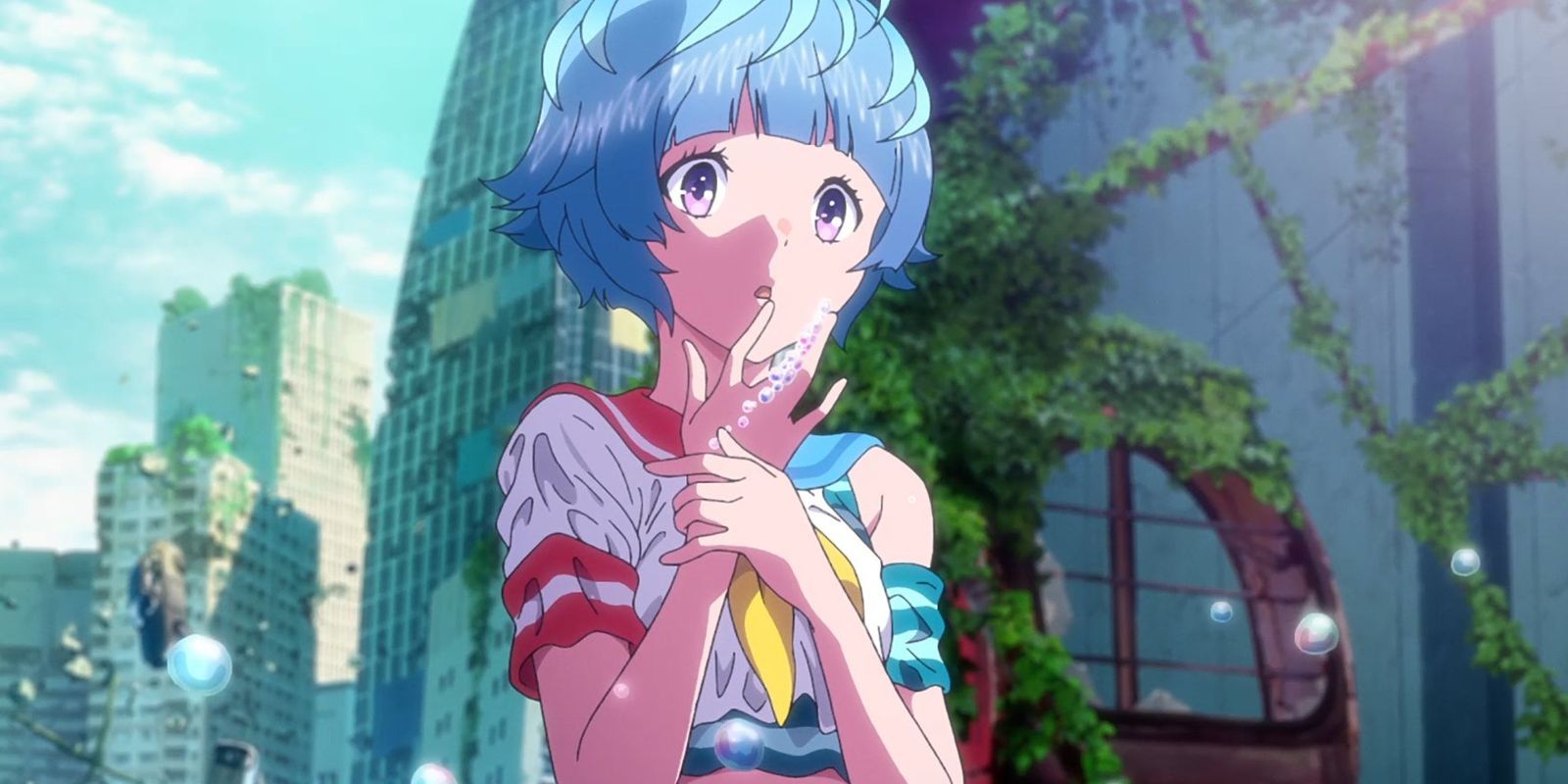

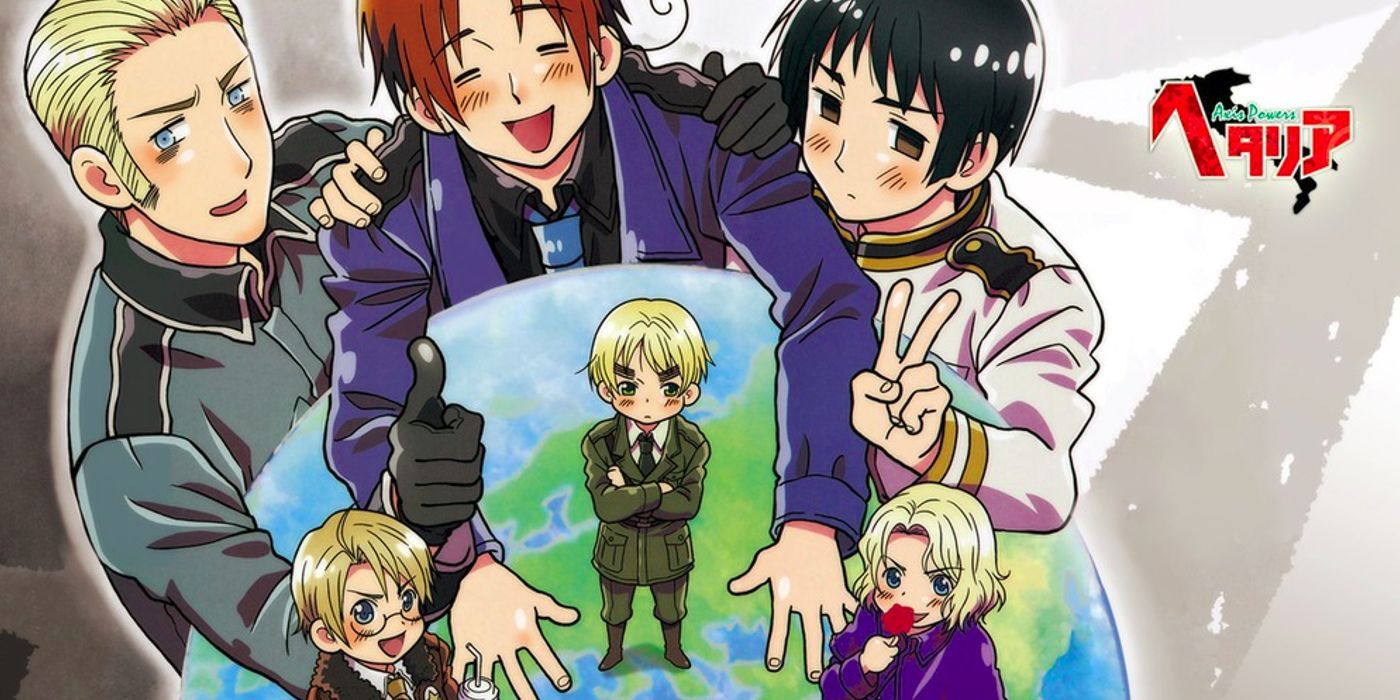
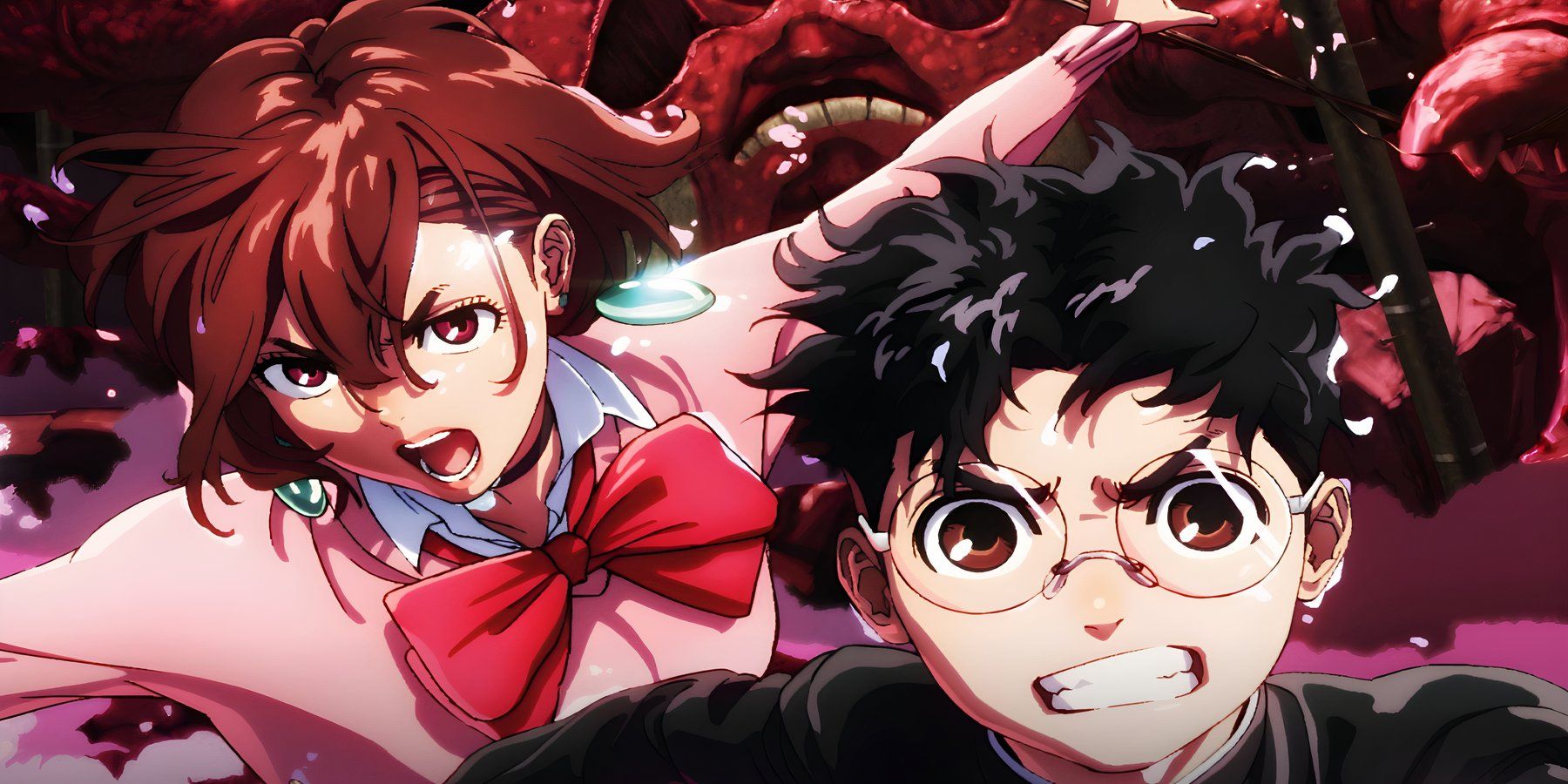
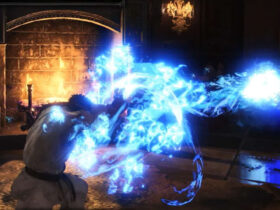




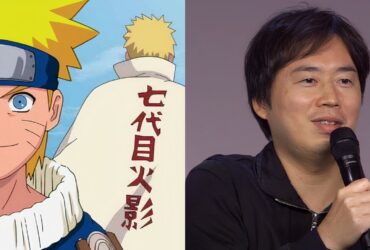
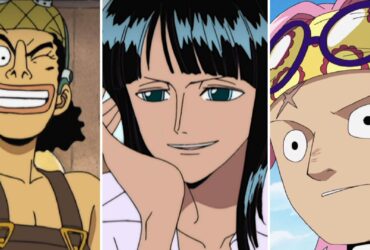
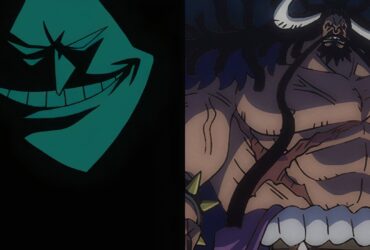
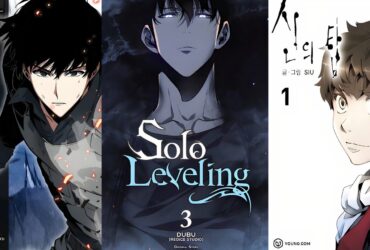

Leave a Reply